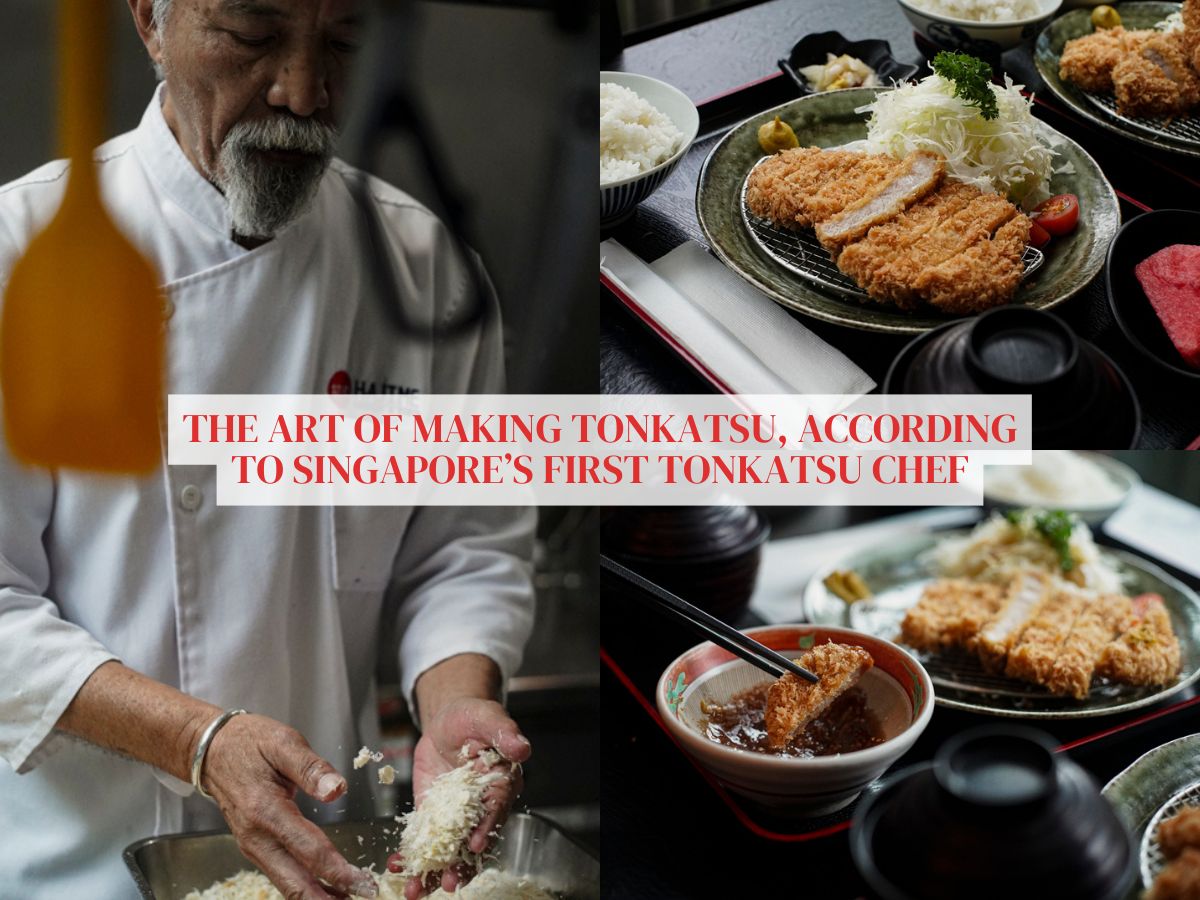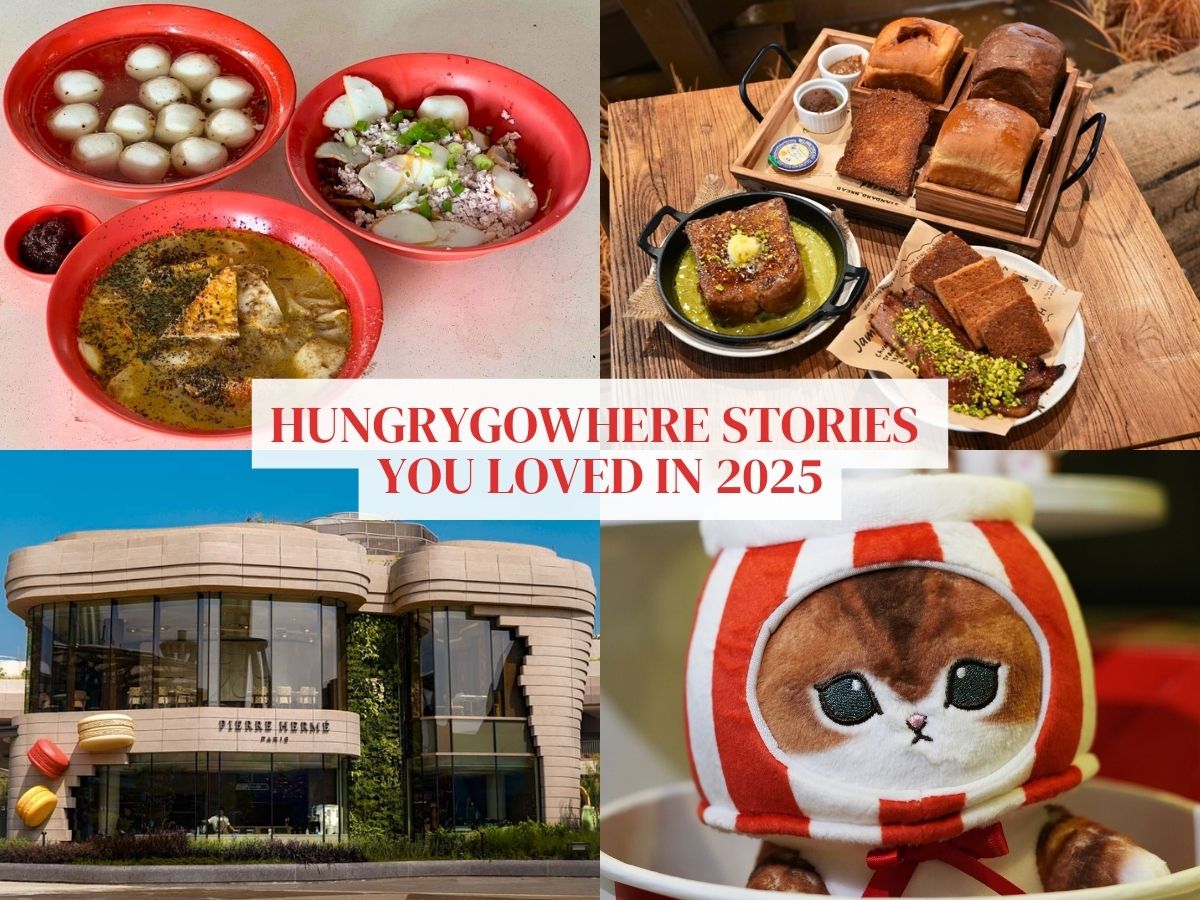Hajime Tonkatsu & Ramen: Super crunchy tonkatsu by Singapore’s first tonkatsu chef
This is the second instalment of a three-part series on unique Japanese offerings in Singapore, in collaboration with GrabFood 5-Star Eats. Check out our first story on Man Man Unagi.
- Hajime Tonkatsu is run by chef Tan-san, the first tonkatsu chef in Singapore.
- Tan-san was trained in Japan and has been cooking the specialty dish since the 1990s.
- Hajime is included in the recently launched GrabFood’s 5-Star Eats.
Are you constantly on the hunt for the best food? Well, GrabFood is making it easier for foodies in Singapore with its newly launched GrabFood 5-Star Eats collection!
The newly launched collection showcases the best eats in Singapore from a wide variety of cuisines, comprising the platform’s top-rated restaurants as well as recommendations from the Michelin Guide and HungryGoWhere.
Curious about what goes into making these quality specialty dishes? We check out what goes behind the scenes of three well-respected Japanese brands, to show you the magic behind them.
Tonkatsu at Hajime Tonkatsu and Ramen
While known by many discerning Japanese food lovers, Hajime is still somewhat of a hidden gem — sure, there are countless tonkatsu restaurants in Singapore, but Hajime is the real deal.
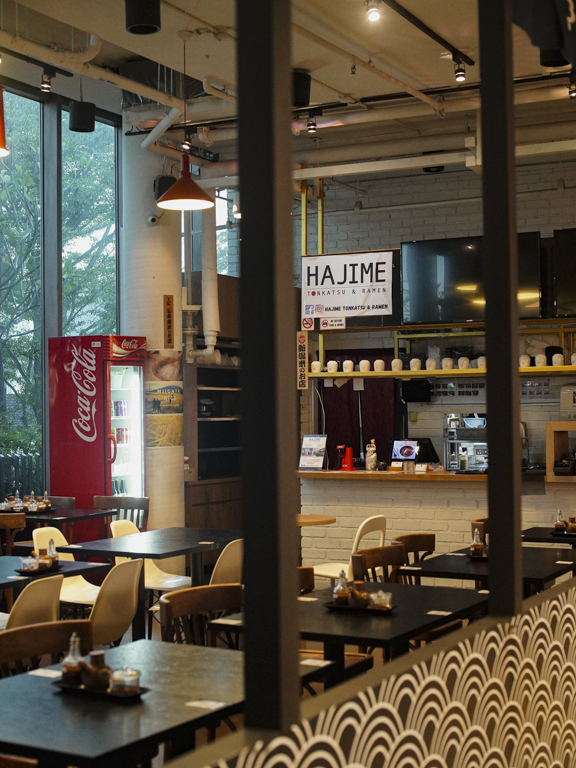
Few can boast of the same level of experience that resides in the kitchen of Hajime Tonkatsu and Ramen, helmed by chef Tan-san, who has spent decades cooking the Japanese speciality.
He might not be Japanese, but he was trained in Japan and was the first tonkatsu chef in Singapore at Tonkichi, a pioneering tonkatsu speciality restaurant in Singapore.
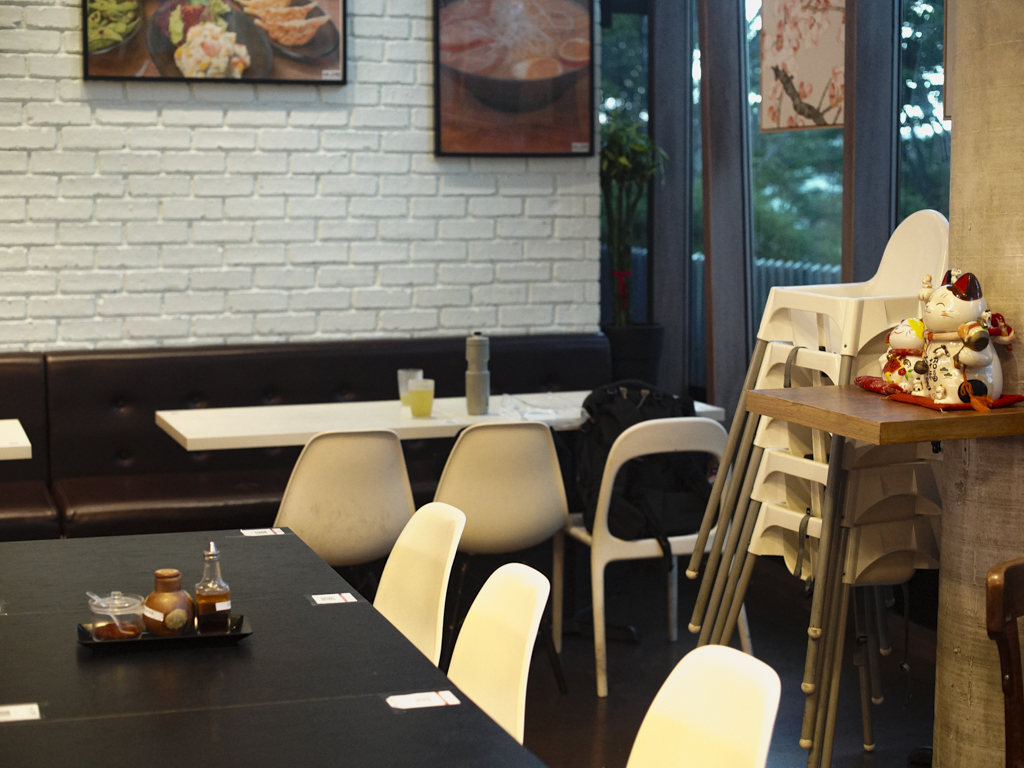
Tonkatsu basically means “pork fried cutlet” in Japanese and is a style of cutlet unique to Japan.
It takes inspiration from western-style pork cutlets, but swaps out finely ground breadcrumbs used in the crust for coarser panko crumbs that bestow even airier crunch.
As per tradition, the tonkatsu is served up with shredded raw cabbage, soup, and accoutrements, including tonkatsu sauce and mustard.
So, as one of the trailblazers, how does the veteran Tan-san make the best, crunchiest tonkatsu? We sat down with him for some tonkatsu sage advice.
Chef Tan-san’s tonkatsu story
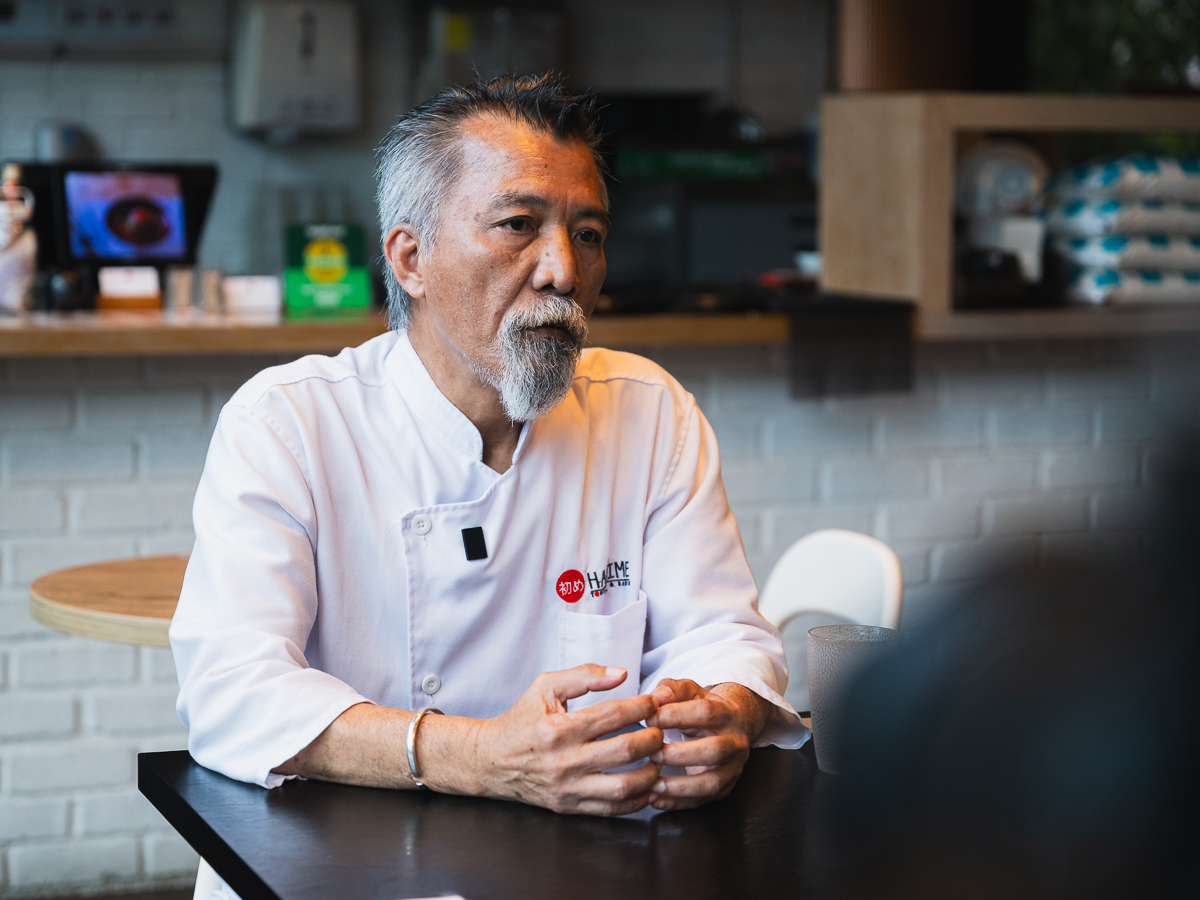
66-year-old Tan Tai Fern is probably better known as chef Tan-san, and has had a long journey getting to where he is today.
Tan-san did not receive much education — when he was young, he was plagued by asthma, which meant he detested going to school and frequently played truant.
“I got into this industry because of my father, who had worked as a chef,” he recalls. “My first job was as a gardener, but he wanted me to learn a skill with more prospects and brought me to work with him at a coffeehouse at People’s Park named Dragon Inn.”
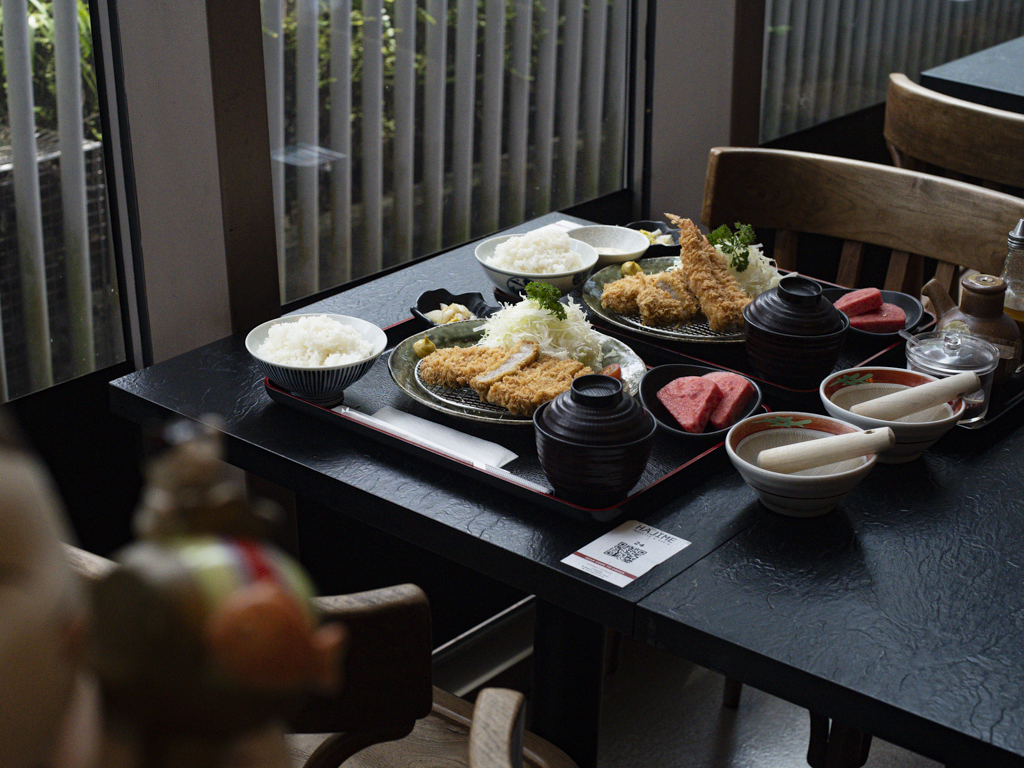
After that, he went to work at several hotels such as Holiday Inn and Mandarin Oriental in Shanghai.
Eventually, his talent was uncovered by a manager who sent him to Japan, where he learnt about tonkatsu at a Tokyo restaurant, while also visiting restaurants in various cities for research.
Upon returning, he joined Tonkichi at its original Boat Quay outlet, which was the first restaurant in Singapore focused on the Japanese speciality.
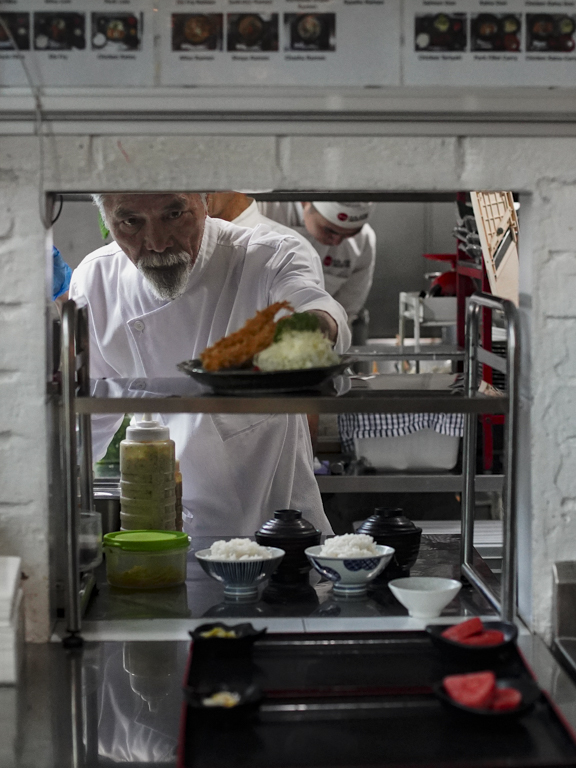
He went on to head Tampopo restaurant at Liang Court, before he had to stop working around 2013, due to a slipped disc.
In 2016, he’d recovered enough that he wanted to open his own restaurant and eventually teamed up with his son-in-law to open Hajime Tonkatsu and Ramen at MyVillage. It is now a brand specially known for tonkatsu.
Tan-san has even gone on to open a second outlet at Thomson Plaza in Dec 2019!
“Tonkatsu is my specialty. I also wanted to make a specialty shop, since I realised people will go out of their way to satiate their cravings, “ says Tan-san, on the concept. “But we added ramen, since we were worried tonkatsu wouldn’t be well-received by everyone.”
What goes into crunchy Japanese tonkatsu
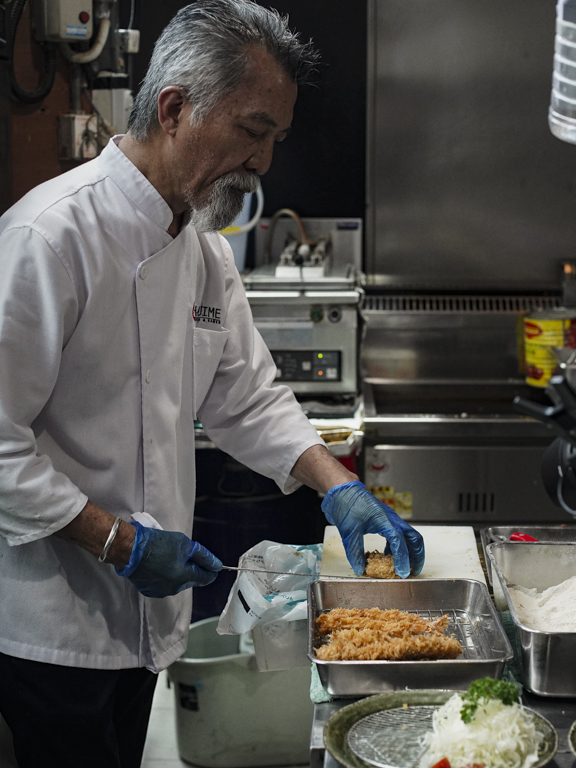
According to Tan-san, the Japanese speciality was ubiquitous in Japan, in the 1990s: “When I was there, there were tonkatsu shops everywhere. Many locals enjoyed the dish since it was affordable and filling.”
“Many office workers would eat it at least once or maybe twice a week!” he adds.
Besides affordability, what makes the dish so enchanting? What goes into the preparation of this seemingly simple dish? A lot of intricacies, it seems.

“Japanese tonkatsu uses specially-made, fresh panko crumbs. This is unlike western cooking, which uses crumbs that are usually sweetened. The pork was also usually thicker,” he notes.
At Hajime, Tan-san uses two different types of fresh bread crumbs for the crust and Hokkaido pork, which he trims carefully to make sure the meat has the perfect mouthfeel.
Hajime’s tonkatsu primarily uses two cuts of pork. As Tan-san explains: “When it comes to pork, there will always be good parts and bad parts. The loin is good for fattier cuts, and the fillet is more consistent and usually what I’d recommend to lighter eaters.”
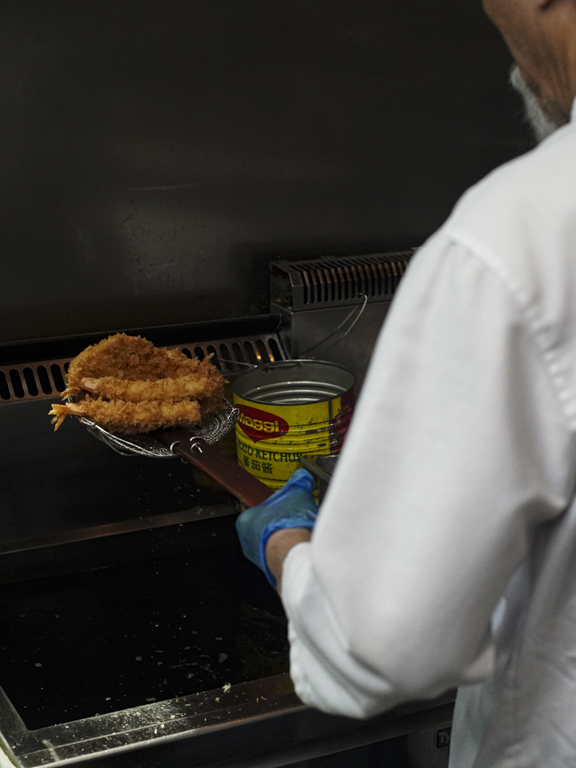
The frying itself is also tricky — he fries at a lower temperature than usual to ensure the best texture, and it also takes a lot of experience to judge when the pork cutlet is ready to be fished out from the deep dryer.
He then carefully shakes the oil off to ensure the final product is not greasy, and lets the tonkatsu rest for a bit before cutting and serving the dish.
Besides the star protein, the sides also play an important role. To Tan-san, they bring balance to the dish.
For example, eating the cabbage in between bites helps add a bit of refreshing touch, while the pickles can give a nice touch of acidity.
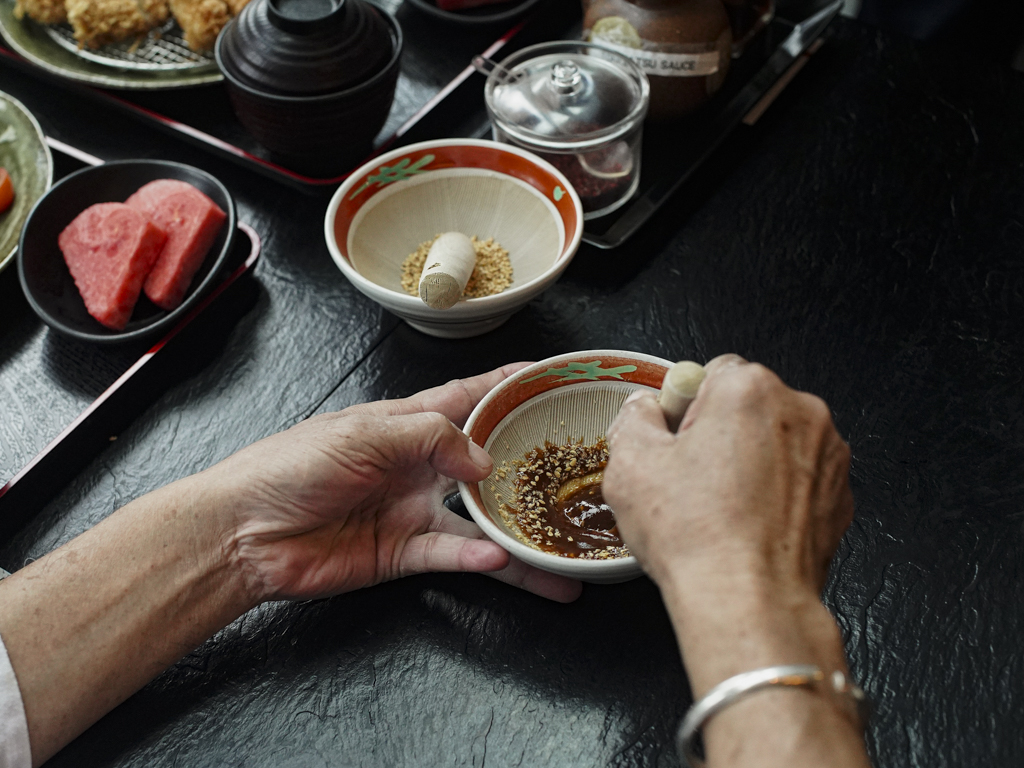
While Tan-san is familiar with how the Japanese prepare their tonkatsu, he makes some tweaks when serving Singaporeans.
Firstly, he offers a protein alternative — chicken katsu, which is not traditionally found in Japan. Secondly, the cabbage is chopped more finely here.
He notes: “Many Singaporeans can’t really appreciate, the fattier premium pork. So the pork we use is a bit less fatty, although I believe tonkatsu pork should be a bit fattier!”
“The best doneness would be to have a little bit of pink in the middle,” he adds. “But many of our guests are wary when it’s not fully cooked, so we make sure it’s well-done.”
Tonkatsu taste test
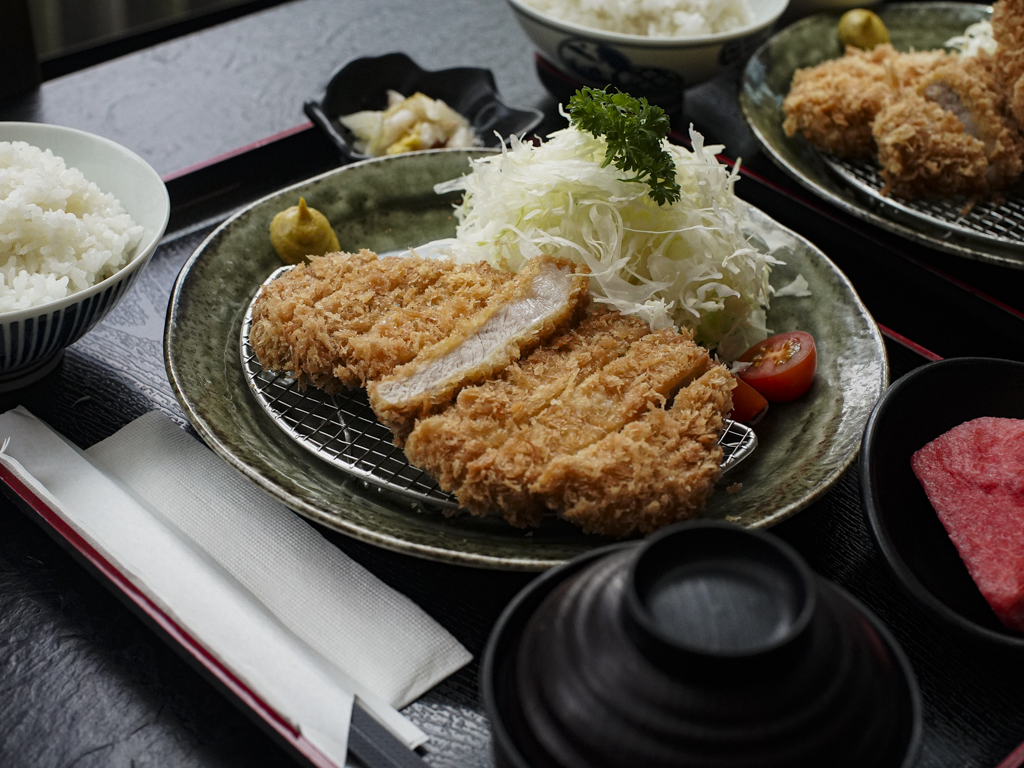
Tonkatsu sets at Hajime come with either pork loin or pork fillet (both S$21.50) as the choice of cuts, and are accompanied by an ensemble of shredded cabbage, tonjiru (pork and vegetable miso soup), homemade pickles, rice, mustard, sesame seeds, and watermelon.
While you can eat the pork as is, Tan-san recommends grinding up the sesame seeds and mixing in some tonkatsu sauce and mustard to give it extra oomph.

Undoubtedly, the star here has to be the scandalously crunchy pork cutlets — the airy batter crackles intensely and the meat inside is tender and bouncy.
If you order the loin, it is a bit more flavourful and has a pleasant touch of fattiness to it.
Above all, Hajime’s rendition of this classic Japanese speciality is not at all oily!
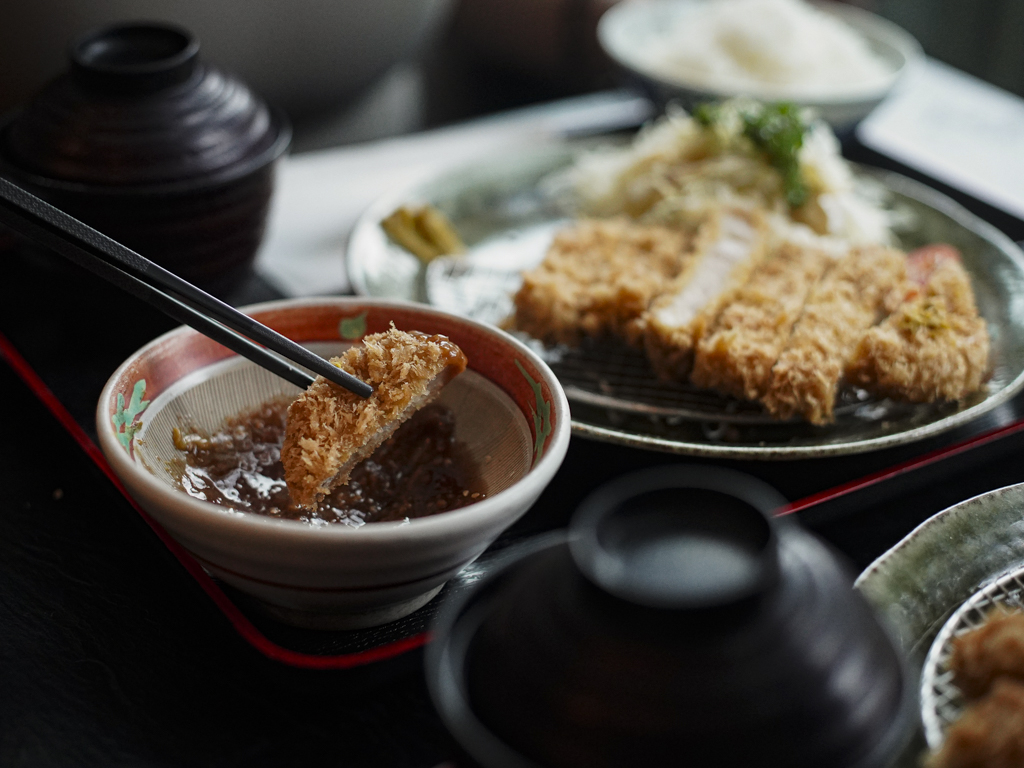
While the tonkatsu might be the subject of attention, the effervescence of the homemade pickles and the wonderfully sweet and citrusy tonjiru soup on the side really do make a difference in the balance.
As Tan-san suggests, remember to add them in between bites — we’d even say it’s imperative for the best experience.
Hajime Tonkatsu & Ramen is on GrabFood’s 5-Star Eats collection
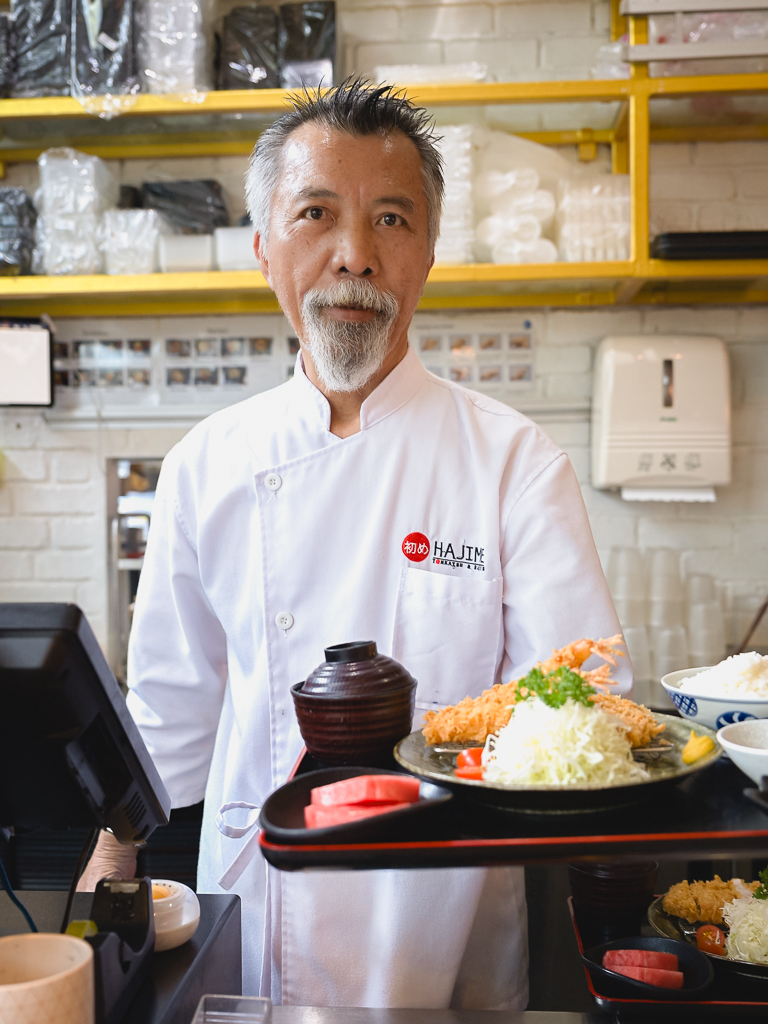
GrabFood has launched its 5-Star Eats collection, comprising top-rated stores by the Grab community, with recommendations from the Michelin Guide, HungryGoWhere and others!
Head to the Grab app to check out the list of top-rated eats, including Tang Tea House, The Masses and Lechon Republic, that you can get delivered to your doorstep.
This article was written in collaboration with GrabFood.
For more ideas on what to eat, read our stories on where to find the silkiest, most comforting mee hoon kueh and Michelin Bib Gourmand places that can be conveniently delivered to your doorstep.
Do explore the new GrabFood 5-Star Eats curation to explore more quality eats on the app!
Hajime Tonkatsu and Ramen is on the GrabFood delivery service and offers free delivery (up to S$3 off) with GrabUnlimited.
You can also book a ride to Hajime Tonkatsu and Ramen to try out this GrabFood 5-Star Eats Japanese speciality!
Hajime Tonkatsu & Ramen
MyVillage @ Serangoon Garden, 02-07/8/9, 1 Maju Avenue
Nearest MRT: Ang Mo Kio and Serangoon
Open: Monday to Sunday (11.30 am to 2.45 pm, 5pm to 9 pm)
Thomson Plaza, 01-110, 301 Upper Thomson Road
Nearest MRT: Upper Thomson
Open: Monday to Sunday (11.30 am to 2.45 pm, 5pm to 9 pm)
MyVillage @ Serangoon Garden, 02-07/8/9, 1 Maju Avenue
Nearest MRT: Ang Mo Kio and Serangoon
Open: Monday to Sunday (11.30 am to 2.45 pm, 5pm to 9 pm)
Thomson Plaza, 01-110, 301 Upper Thomson Road
Nearest MRT: Upper Thomson
Open: Monday to Sunday (11.30 am to 2.45 pm, 5pm to 9 pm)
